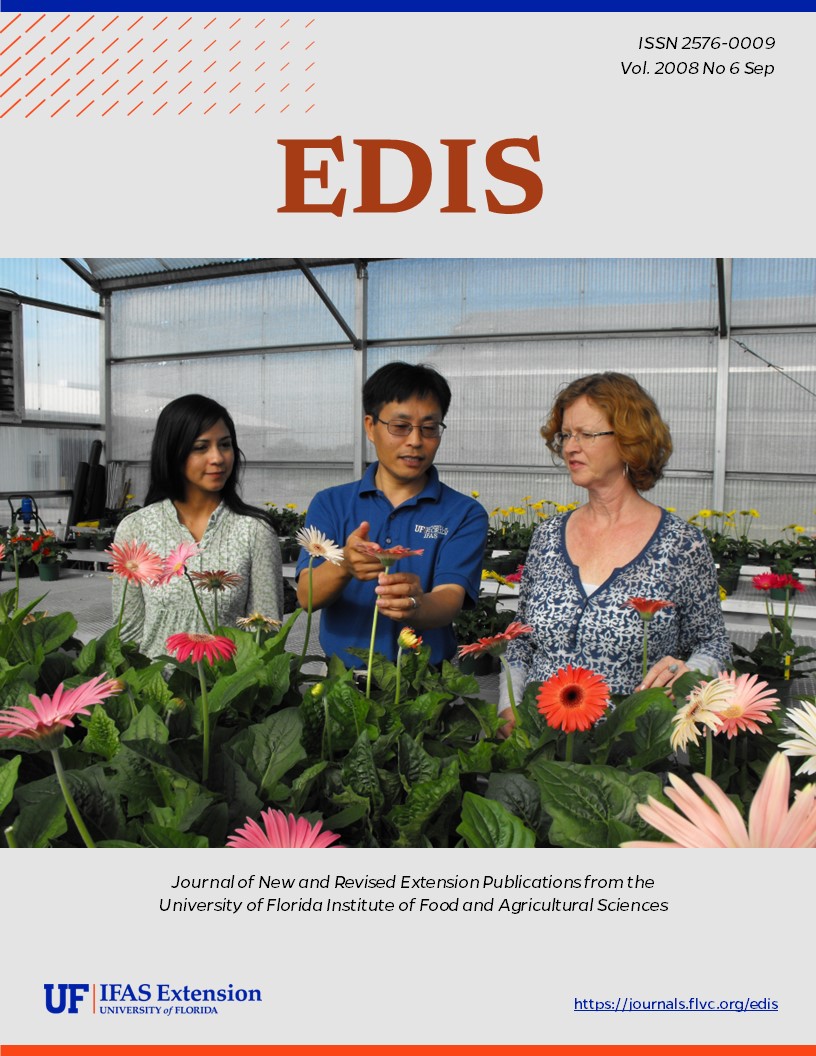Abstract
FOR-190, a 3-page illustrated fact sheet by Rick Williams and Patrick Minogue, describes this noxious weed introduced originally for oil production and favored as an ornamental, its biology and management strategies. Published July 2008.
References
Jubinsky, G. and L. C. Anderson. 1996. The invasive potential of Chinese tallow-tree (Sapium sebiferum Roxb.) in the Southeast. Castanea 61:226-231
Langeland, K. A. 2006. Natural area weeds: Chinese tallow (Sapium sebiferum L.). Univ. Florida Cooperative Extension Service SS-AGR-45. 4 p. http://edis.ifas.ufl.edu/AG148. https://doi.org/10.32473/edis-ag262-2006
Miller, J. H. 2003. Nonnative invasive plants of southern forests: A field guide for identification and control. USDA Forest Service Southern Research Station General Technical Report SRS-62. Asheville, NC. 93 p. https://doi.org/10.2737/SRS-GTR-62
Rice, B. 1998. Weed Alert: Chinese Tallowtree, Florida Aspen, Popcorn Tree, Wildland Invasive Species Team, The Nature Conservancy. http://tncweeds.ucdavis.edu/alert/alrtsapi.html

